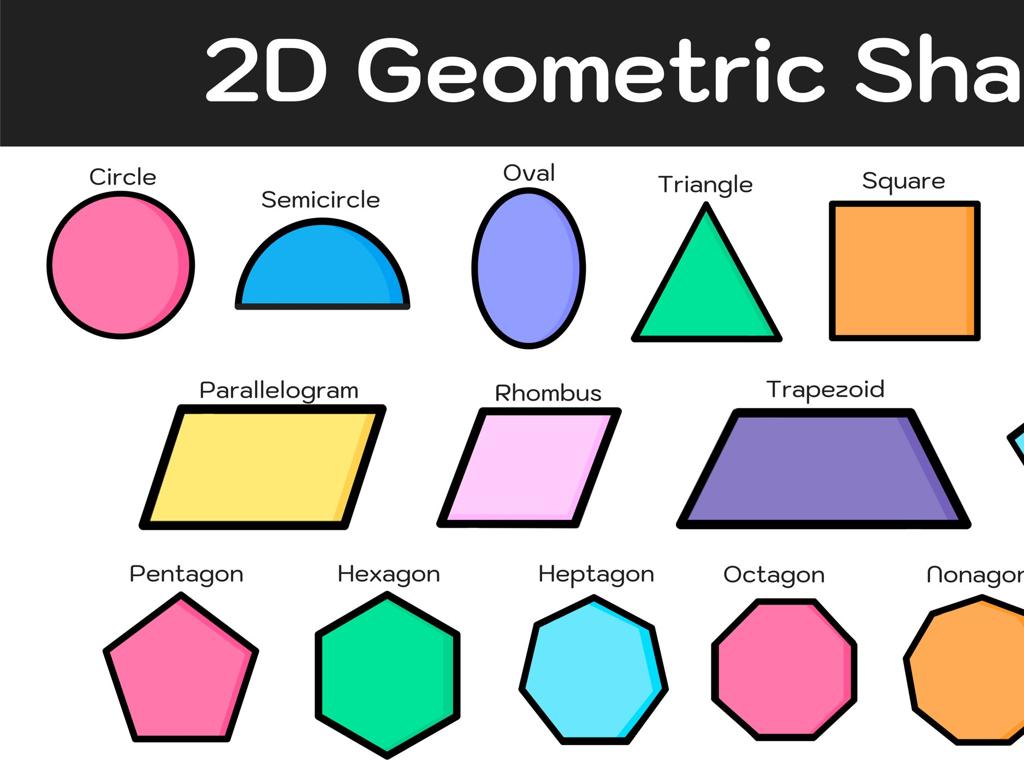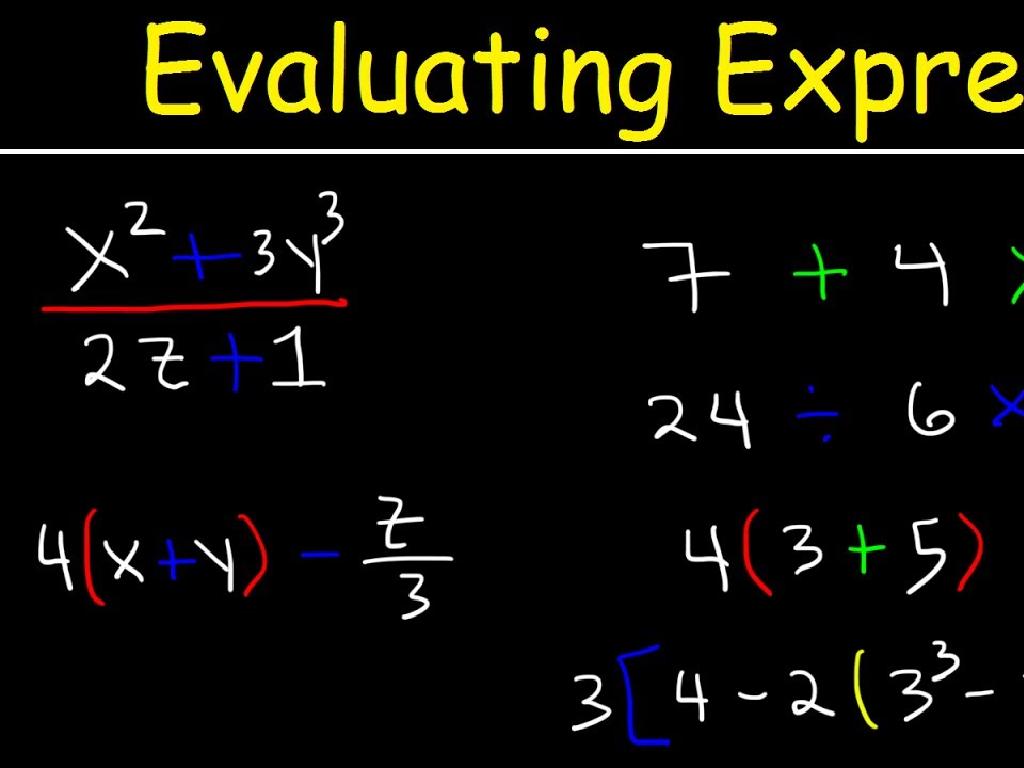Electromagnetic Radiation
Subject: Science
Grade: High school
Topic: Physcis
Please LOG IN to download the presentation. Access is available to registered users only.
View More Content
Welcome to Electromagnetic Radiation
– Electromagnetic spectrum basics
– Range of all types of EM radiation, from radio waves to gamma rays
– Radiation’s role in daily life
– Used in microwaves, radios, and medical imaging like X-rays
– Lesson objectives overview
– We’ll learn about EM waves, their uses, and safety measures
|
This slide is designed to introduce students to the concept of electromagnetic radiation and its broad applications. Begin with an explanation of the electromagnetic spectrum, emphasizing the variety of radiation types and their respective wavelengths and frequencies. Highlight how electromagnetic radiation is integral to many technologies that students encounter daily, such as microwaves heating food, radios for communication, and X-rays for medical diagnostics. The lesson objectives should be clearly stated, ensuring students understand that they will explore the properties of electromagnetic waves, their practical uses, and important safety considerations when dealing with different types of radiation.
Exploring Electromagnetic Radiation
– Defining Electromagnetic Radiation
– Energy transmitted through space as waves or particles
– Wave properties: wavelength and frequency
– Wavelength: distance between peaks; Frequency: waves per second
– Energy relation to waves
– Higher frequency means more energy per photon
– The constant speed of light
|
This slide introduces the concept of electromagnetic radiation, a fundamental topic in physics. Begin with a definition, explaining that electromagnetic radiation encompasses a range of phenomena from radio waves to gamma rays, all of which transmit energy through space. Discuss the nature of waves, emphasizing the importance of wavelength and frequency, and how they inversely affect each other. Highlight that the energy of electromagnetic waves is directly proportional to their frequency, with higher frequencies correlating to higher energy photons. Conclude with the speed of light, a constant that is crucial in the study of physics and underlies the behavior of all electromagnetic radiation. Encourage students to consider why the speed of light is significant and how it relates to the information we receive from distant cosmic objects.
Exploring the Electromagnetic Spectrum
– Overview of electromagnetic spectrum
– A range of all types of EM waves by frequency and wavelength
– Types of electromagnetic waves
– From low freq. radio to high freq. gamma rays
– Applications of each wave type
– Radio for broadcasting, Microwaves for cooking, Infrared for heat sensors, Visible for sight, UV for sterilization, X-rays for medical imaging, Gamma for cancer treatment
– Understanding wave implications
|
This slide provides a foundational understanding of the electromagnetic spectrum, which is crucial for high school students studying physics. Begin with an overview of the spectrum, explaining that it encompasses all types of electromagnetic radiation, categorized by frequency and wavelength. Discuss each type of wave, from radio waves with the longest wavelength to gamma rays with the shortest, and their respective frequencies. Highlight real-life applications: radio waves for communication, microwaves for heating food, infrared for night-vision technology, visible light for human vision, ultraviolet for disinfection, X-rays for medical diagnostics, and gamma rays for treating cancer. This contextual approach helps students grasp the practical significance of each type of wave and their impact on daily life and various technologies.
Visible Light and Color
– Visible light in the spectrum
– Part of the electromagnetic spectrum that can be seen by the human eye.
– Perception of color
– Colors are seen when light interacts with objects and is reflected into our eyes.
– Wavelength’s role in color
– Each color corresponds to a specific wavelength; red has the longest, violet the shortest.
– Exploring light-matter interaction
|
This slide aims to explain the concept of visible light as a part of the electromagnetic spectrum and how it relates to our perception of color. Visible light is the portion of the spectrum that is detectable by the human eye. Color perception occurs when light interacts with matter and certain wavelengths are absorbed or reflected, which our eyes then interpret as color. The wavelength of light determines the color we see; for example, red light has a longer wavelength than blue light. Discuss how the interaction of light with different materials can result in a variety of colors, and how this principle is applied in various technologies and scientific fields.
Applications of Electromagnetic Radiation
– Medical uses: X-rays & MRI
– X-rays visualize bones; MRI maps soft tissue
– Communication tech: Radio & satellites
– Radio waves for audio; satellites for GPS & TV
– Daily tech: Microwaves & cameras
– Microwaves heat food; infrared in thermal imaging
– Sterilization: UV technology
– UV light kills bacteria and viruses on surfaces
|
This slide highlights the diverse applications of electromagnetic radiation across various fields. In medicine, X-rays allow us to see inside the human body to diagnose fractures, while MRI uses radio waves and magnetic fields to produce detailed images of organs and tissues. Communication technologies rely on radio waves for transmitting sound and satellite systems for broadcasting and navigation. Everyday technologies include microwaves for heating food efficiently and infrared cameras for night vision or thermal imaging. UV sterilization is a critical application for maintaining hygiene by destroying harmful microorganisms on various surfaces. Encourage students to think about other applications of electromagnetic radiation they encounter in their daily lives.
Dangers of Electromagnetic Radiation
– Risks of high-frequency radiation
– High-frequency radiation can damage biological tissues.
– Regulations for radiation protection
– Governments set exposure limits to protect public health.
– Moderation in technology use
– Limiting time spent on devices reduces risk.
– Safe practices for radiation exposure
– Use protective gear and maintain distance from sources.
|
This slide aims to educate students on the potential dangers of electromagnetic radiation, particularly from high-frequency sources. It’s crucial to discuss how prolonged exposure can lead to health issues, including the risk of cancer from ionizing radiation. Highlight the role of government regulations, such as those by the FCC, in setting safety standards for exposure. Emphasize the importance of moderation in using devices like cell phones and laptops, which emit low-level non-ionizing radiation. Encourage students to adopt safe practices such as using speaker mode or earphones to minimize direct contact with their phones and keeping devices away from their bodies when not in use. Discuss the use of protective gear, like radiation-blocking phone cases, and the significance of maintaining a safe distance from known radiation sources.
Class Activity: Electromagnetic Spectrum Exploration
– Group activity to list EM wave sources
– Categorize sources on the EM spectrum
– Share findings with the class
– Discuss EM radiation significance
Consider everyday items like microwaves, X-rays, or UV from the sun.
|
The objective of this activity is to help students identify and categorize various sources of electromagnetic waves, enhancing their understanding of the electromagnetic spectrum. Divide the class into small groups and provide each with a blank spectrum chart. Instruct them to list as many sources of electromagnetic waves as possible, such as cell phones, radios, and hospital equipment. Then, have them place these sources at the correct location on the spectrum based on frequency and wavelength. After the activity, each group will share their findings, facilitating a class discussion on how electromagnetic waves are present in everyday life and their importance in different fields such as medicine, communication, and astronomy. Provide guidance on safety around electromagnetic radiation. Possible activities for different groups could include focusing on natural vs. man-made sources, harmful vs. non-harmful radiation, or categorizing by frequency. This will foster a comprehensive understanding of the topic.






